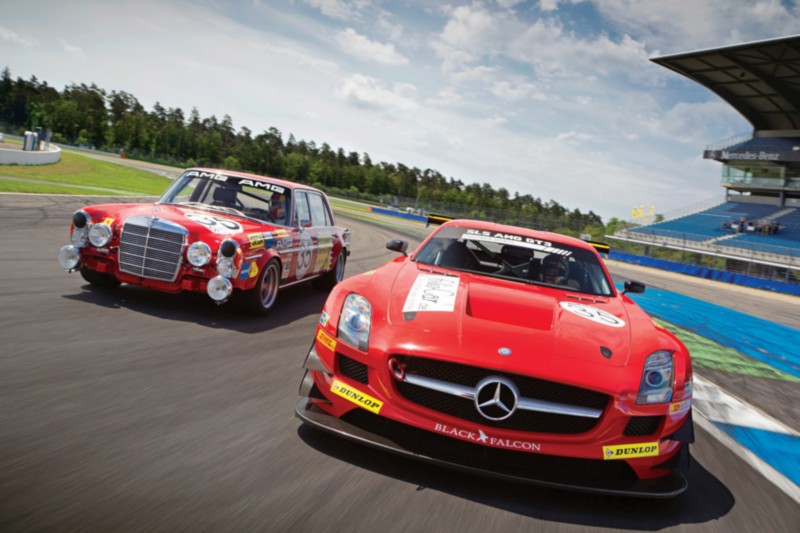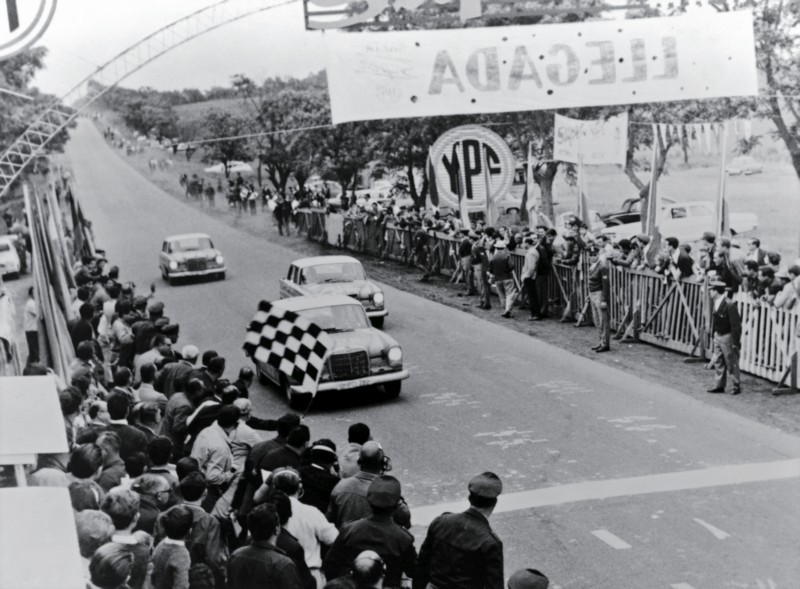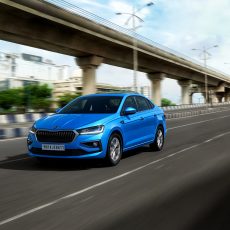AMG, the performance arm of German luxury icon Mercedes-Benz, completes 50 years of existence this year. In this first of a multi-part series, Car India takes a look at what made AMG and what makes an AMG. These are the early years…
Story: Jim Gorde
Photography: Daimler Press
Mercedes-Benz is one of the foremost names in the luxury car industry. Their badge is unrivalled in several countries and is often the go-to brand for those seeking their first luxury car. However, look at their high-performance models, and you will notice something different: a suffix, which contains some slashes, and three letters — AMG. Mercedes-Benz have always followed the mantra of ‘the best or nothing’. But what happens when the best in luxury gets a heavy dollop of sport cred?
AMG answer that very question. For years, they have been taking the most powerful Mercedes-Benz cars and making them even more powerful and much quicker. Their principle of ‘one man, one engine’ has resulted in hand-made masterpieces of internal combustion; their attention to detail outshone only by the incredible outputs those engines are capable of. Over the years, they have gone from strength to strength, with their fire-breathing BiTurbo V8 and V12 engines gaining not just more fans, but also more customers. Have you ever wondered how it all started, though?
Mercedes-Benz are no strangers to racing, having competed in Grand Prix racing since the 1930s with their ‘Silver Arrows’ and entered what is now known as ‘Formula 1’ in 1954 with the W196 race car and Juan Manuel Fangio, the same five-time world championship winning Argentine Fangio. Their first victory was the 1954 French Grand Prix in Reims. Fangio, with three other race victories, clinched the 1954 world title as well.
The team’s success continued into the next year. Mercedes developed the W196 throughout the 1955 season. They dominated the season yet again, with Fangio taking four race wins with his new team-mate, Stirling Moss, winning the British Grand Prix. Fangio and Moss finished one-two in that year’s championship. However, it was the 1955 disaster at the 24 Hours of Le Mans on 11 June — the one that killed Mercedes-Benz sports car driver Pierre Levegh and more than 80 spectators — that led to the cancellations of the French, German, Spanish, and Swiss Grands Prix. At the end of the season, the team withdrew from all motorsport, including Formula 1.
Fast forward 10 years to 1965. Hans Werner Aufrecht, a motorsport enthusiast at heart, worked as a dynamometer engineer testing the 300 SE racing engines for Mercedes-Benz. While working on production engines, he came in contact with Erhard Melcher, another motorsport enthusiast and fellow engineer who had just finished college. It was their shared interest in motorsport and sheer competitive nature brought them together. Hans Werner Aufrecht and Erhard Melcher formed AMG, recognised today as one of the most prominent names in performance luxury and sports cars.
In their free time, Melcher and Aufrecht serviced several racing examples of the 300 SE, modifying the engines by fitting them with direct fuel-injection. This was done without any real commercial aspirations, and they ended up working nights and weekends in Aufrecht’s basement and garage in Großaspach. Once the car was ready, they came clean to Rudolf Uhlenhaut who, at that time, was the Mercedes-Benz board member for development. The decision came soon enough. If the car turned out to be good, Aufrecht and Melcher would be allowed to compete. If not, they would be asked to leave the company. However, the car was good. With Manfred Schiek at the wheel, the 300 SE won six out of eight rounds. Schiek also posthumously won the 1965 German circuit racing championship title after his fatal accident with a rally car.
Extraordinary as their achievements and acute attention to detail were, Aufrecht and Melcher quickly earned a reputation in the racing scene.
In early 1967, Aufrecht and Melcher left their jobs at Daimler-Benz and rented workshop space in a barn in the Swabian town of Burgstall. It was there, on 1 June 1967, that ‘AMG Engineering Office, Construction, and Testing for the Development of Racing Engines’ came into being. The AMG name came from their last names, Aufrecht and Melcher, with Großaspach being Hans-Werner Aufrecht’s place of birth.






